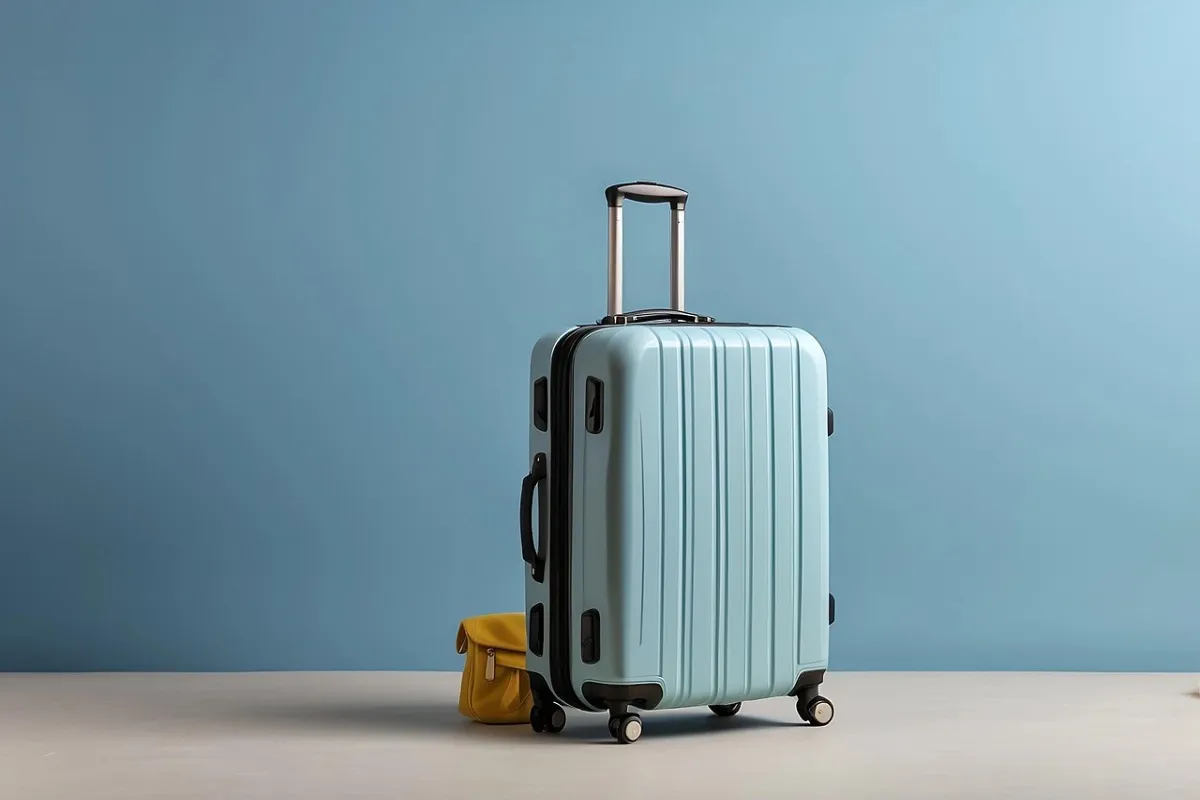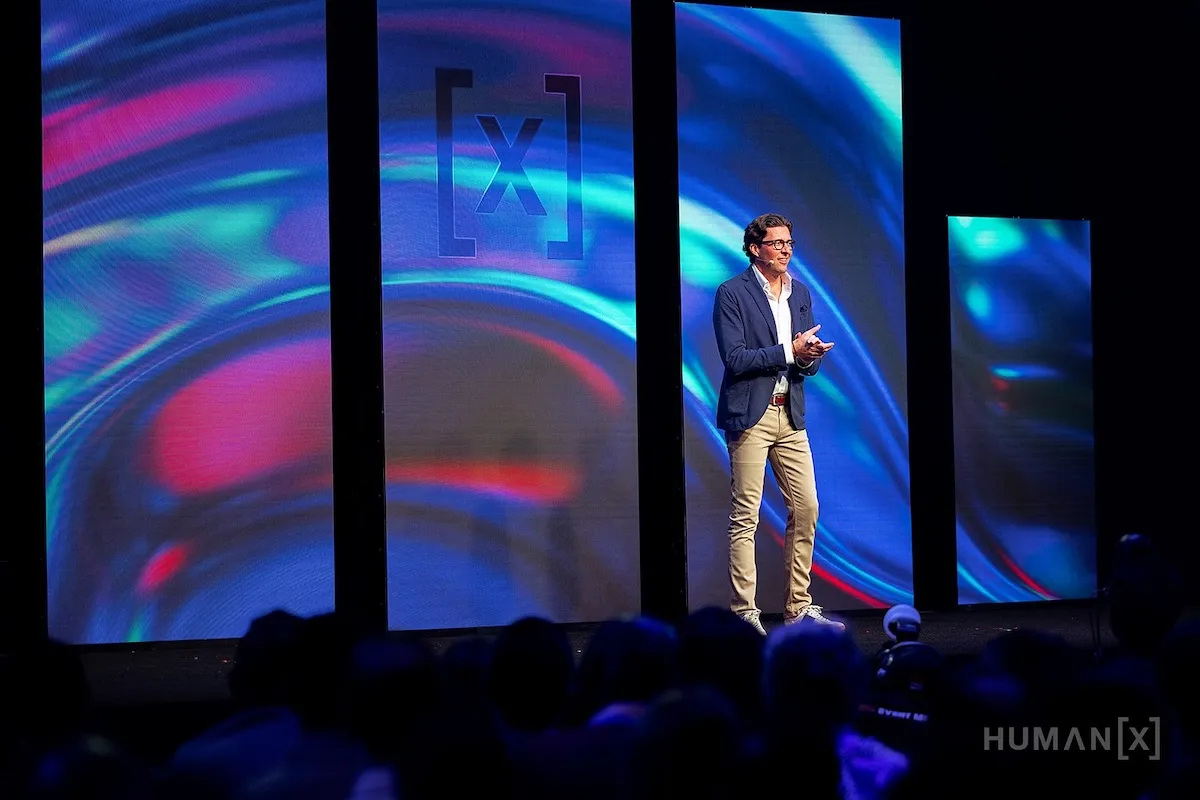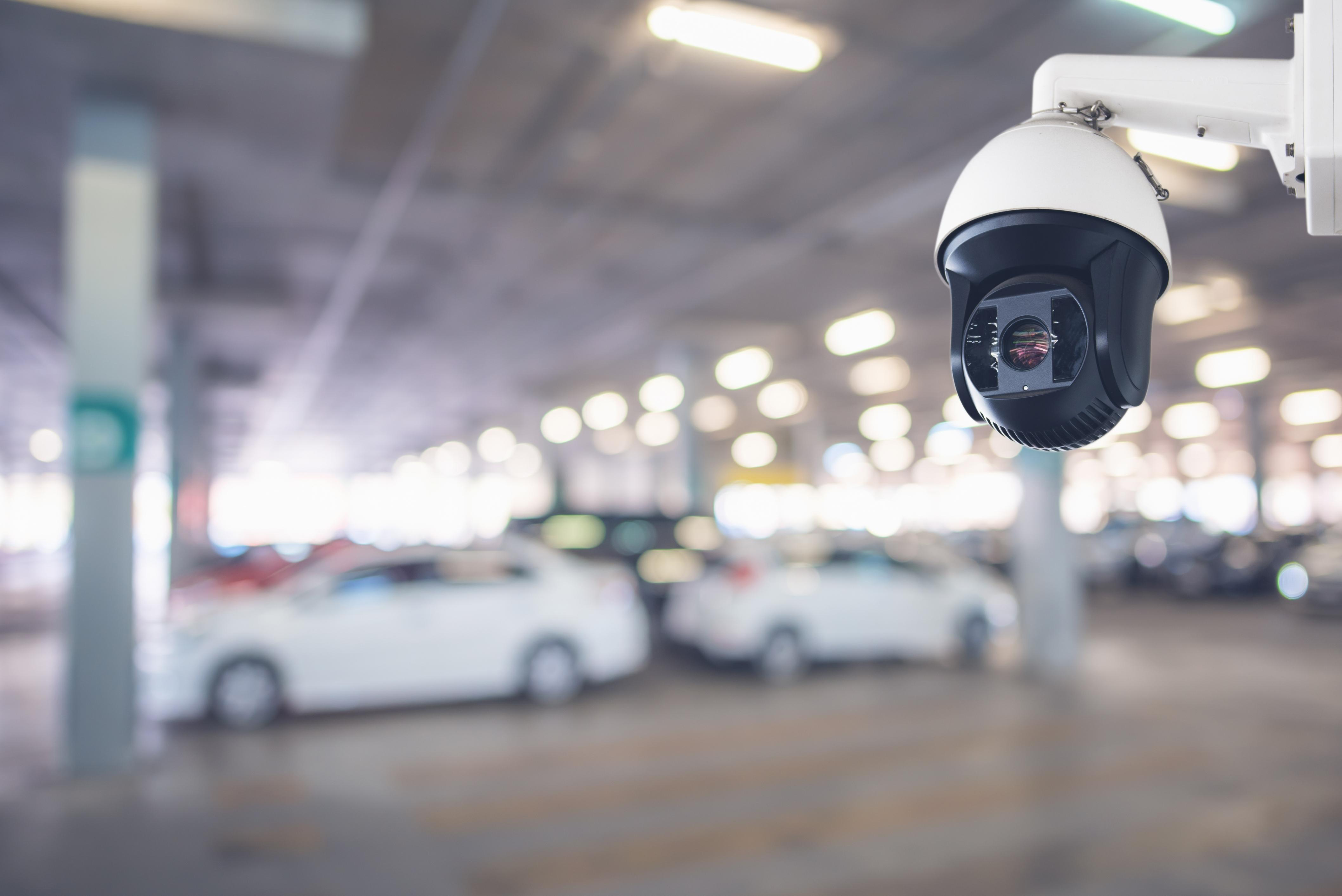Four Ways to Take Meetings From Exhausting to Invigorating

Skift Take
Meetings and conferences are big investments; companies want their attendees to remain focused and not lack energy as the day progresses. Plus, planners are under more pressure than ever to engage attendees. There are plenty of trends regarding well-being and events, but the bottom line is simple: meetings that deliver on their objectives must invigorate participants rather than exhaust them.
1. Take a Pause
The brain needs time to digest information before more can be added. According to brain experts, a break every 1.5 hours helps maintain high levels of focus and engagement. It doesn’t have to be long but should allow attendees to regroup and move. Studies show that breaks invigorate and improve productivity. They help attendees maintain high levels of concentration and accomplish tasks more effectively.
“Wakeful rest plays just as important a role as practice in learning a new skill. It appears to be the period when our brains compress and consolidate memories of what we just practiced,” said Leonardo G. Cohen, M.D., senior investigator at the National Institute of Neurological Disorders and Stroke.
2. Invigorate the Body and Mind
Getting the right mix of food at the right time can be invigorating as it helps achieve optimal brain function and improved concentration at meetings. Maintaining a steady blood sugar level throughout the day by eating smaller but more regular portions can help avoid sugar crashes, which can contribute to a loss of concentration and energy.
High-protein and whole-grain foods help feed the brain and satisfy the palate. Feeding the body well leads to better learning and improved attention and helps prevent dips in energy.
3. Add Wellness Activations
Promoting mental well-being in a meeting can be beneficial. Short mindfulness or meditation sessions will help attendees relax and refocus.
“Don’t schedule wellness activities at the same time of content sessions,” said David T. Stevens, co-founder of Olympian Meeting, a company specializing in mindfulness and wellness for meetings and events “They should be given the space to succeed in the agenda so people don't feel forced to choose between education or wellness. It should be a ‘yes and’ situation where the wellness is done in-between sessions or in its own session.”
Dami Kim, director of Body and Brain Corporate Wellness, focuses on the body and brain connection and how that works. Her approach goes beyond conventional strategies, emphasizing the connection between body and brain to enhance productivity and engagement.
“Education during meetings and conferences is not enough. You need engagement and activity, so attendees can apply what they are learning throughout the day,” said Kim.
She advocates for integrating brain-boosting exercises into the fabric of meetings strategically placed between sessions to optimize learning and retention. These brief but impactful breaks, lasting 10-15 minutes, are designed to refresh and re-energize participants.
Sepideh Eivazi of Dawn of the Earth, a company that combines breathwork and tea to enhance wellness and a member of the Global Wellness Institute’s Breathe Initiative, offers attendees mindfulness practices to foster well-being.
She shares the power of somatic breathwork to regulate the body and nervous system. Breathwork is known to profoundly impact well-being, as it can help reduce stress, increase energy levels, improve focus, and enhance overall vitality.
Stevens stresses that any wellness activations should include a variety of intensity levels to appeal to all attendees.
4. Follow Natural Rhythms
Events should take into account the circadian rhythms of attendees, said Stevens.
They should also plan for a postprandial somnolence, or energy dip, about two hours after lunch. This is the opportune time to plan a hands-on activity that gets attendees moving around. Mixing up these types of activities during a conference prevents fatigue and allows the brain to remain engaged.
This article is part of a wellness editorial series sponsored by Caesars Entertainment. The sponsor was not directly involved in the creation of this content.
The Caesars Entertainment Wellness Menu features activities and speakers that meeting professionals can easily access. It is available at its Las Vegas properties and meeting venues. It is also being adopted at its Atlantic City and Reno/Tahoe event venues.
“Wellness is a big part of our company DNA,” said Reina Herschdorfer, Caesars’ director of marketing, meetings, and events. “We designed our wellness menu to make it easy for planners to add elements to their programs that promote physical and mental health.”





